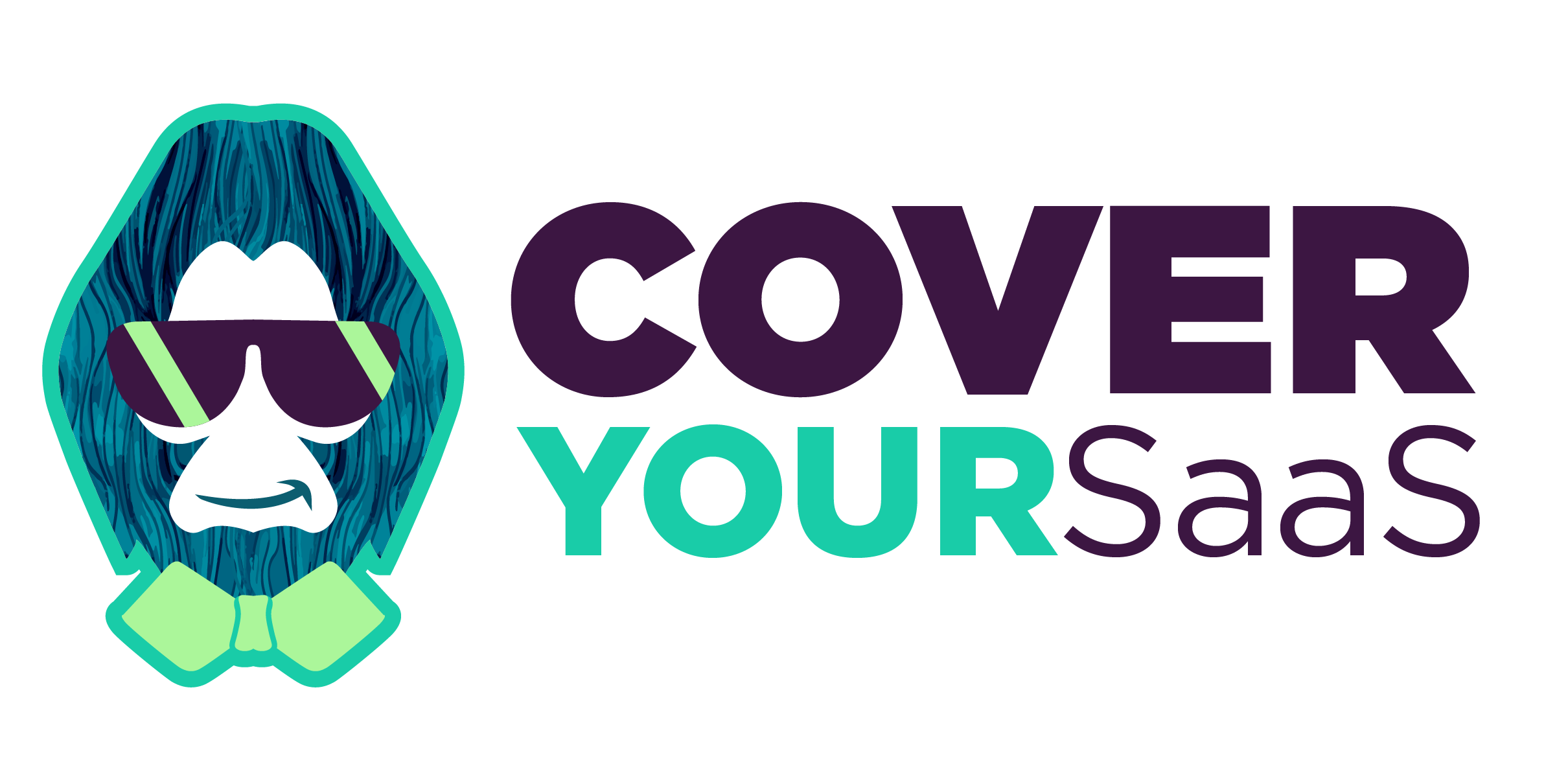As the world increasingly moves towards a subscription-based model, it’s important for businesses to understand how to properly account for their SaaS products. This article will cover the basics of accounting for SaaS companies, including revenue recognition, deferred revenue, and common financial metrics. With a proper understanding of these concepts, businesses will be in a better position to make informed financial decisions.
What is SaaS accounting?
SaaS accounting refers to the method of accounting used by businesses that provide Software as a Service (SaaS). SaaS products are provided on a subscription basis, and the business is paid in advance for access to the product. This is a unique accounting model that can be confusing to business owners and managers who are not used to it. However, proper SaaS accounting practices are important for successful companies.
The Basics
The difference between accrual basis and cash basis accounting is important for software as a service (SaaS) companies to understand. The two methods differ in when revenue and expenses are recognized. Revenue and expenses are recognized on the accrual basis when they are earned or incurred, regardless of when cash is received or paid. The cash basis recognizes revenue and expenses only when cash is received or paid. For example, if a SaaS company sells a $300 software license in the month of January, it would recognize the revenue on the accrual basis when the customer receives and pays for the software license. However, if the company sells a $300 software license in the month of February, it would recognize the revenue on the cash basis when it receives payment.
The two methods also differ in terms of how they account for bad debt expense. Under the accrual basis, bad debt expense is estimated by multiplying the outstanding accounts receivable balance with a percentage reflecting the historical loss experience. Under the cash basis, bad debt expense is recognized only when an account receivable becomes uncollectible or when a specific account receivable is written off.
SaaS Specific Considerations
Recurring revenue: The most direct impact of using the cash basis is on how recurring revenue is recognized. Under the accrual basis, revenue is recognized when the revenue contract is signed. Under the cash basis, revenue is recognized when cash is received. In a SaaS model, this means that revenue recognition is significantly delayed compared to the accrual basis. This is because much of the cash received in a SaaS transaction is up-front cash. Deferred revenue: Under the cash basis, deferred revenue is recognized when it is earned. This means that a portion of deferred revenue is recognized as revenue immediately upon signing a new contract, while a portion is recognized only when cash is received in the future. The cash basis is simpler and easier to understand than the accrual basis. However, it doesn’t reflect the true economics of a SaaS business.
Customer churn is a significant risk in SaaS businesses, and deferred revenue can obscure this risk. A high level of churn means that a customer is leaving or, as the accounting standards would put it, not renewing its contract. This means that the company will have to recognize an immediate hit to revenue and deferred revenue. The extent of that hit will depend on the level of revenue recognized under the cash basis. The accrual basis, by contrast, recognizes revenue in a more timely manner. There is no immediate recognition. In addition, the true economics of a SaaS business are best reflected in the cash basis. These include the cost of selling and supporting customers as well as costs for development, marketing and infrastructure. For these reasons, we recommend that you use the cash basis for your financial reporting.
Best Practices For SaaS Accounting
The goal of accounting is to provide information to the right people at the right time, so they can make informed decisions and manage their SaaS business effectively. Automation is critical. It helps ensure that accounting processes are executed in a timely fashion, and reduces the chance of errors that can lead to mistakes or worse, fraud. Automation also enables real-time visibility into the financial health of a SaaS business. This is a critical advantage for SaaS companies because it helps them to stay on top of their finances, maintain a competitive edge, and maximize profitability.
Why SaaS Accounting Matters
While SaaS accounting is not as simple as traditional bookkeeping, it is more efficient and effective in the long run. It frees up valuable time that can be used to focus on growth, while ensuring that a company’s financial health stays in good shape.
